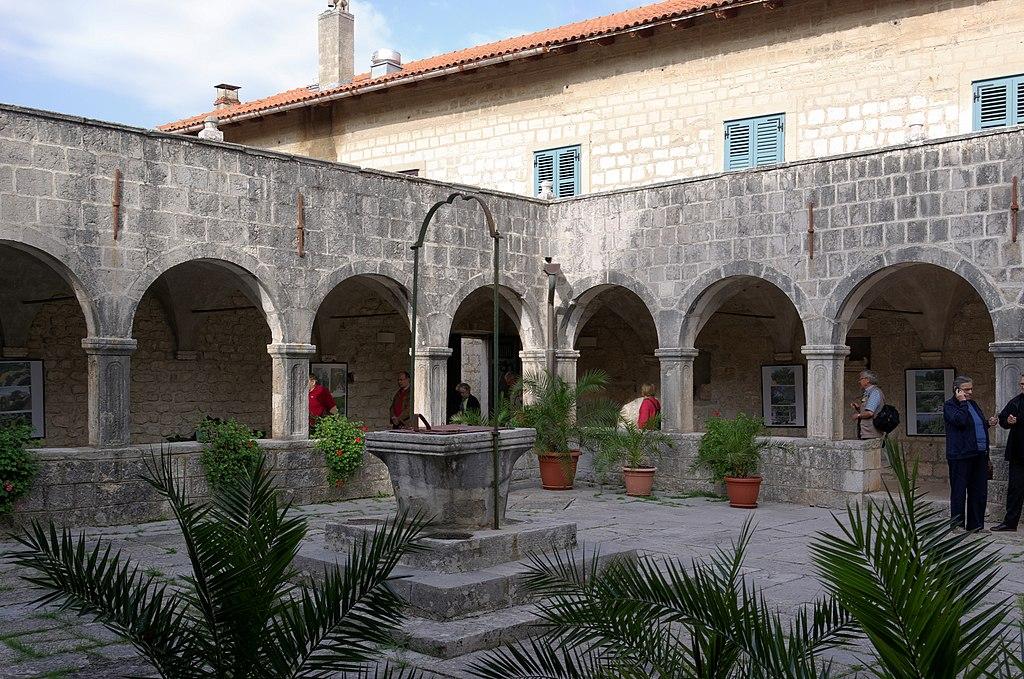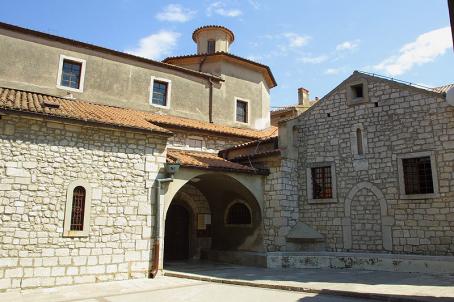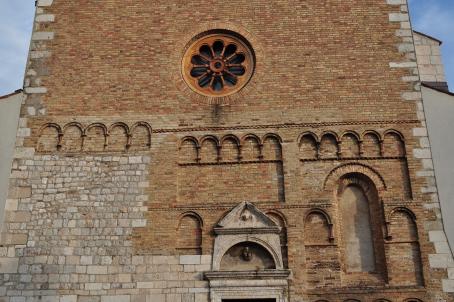Kosljun Monastery
It is a Franciscan located on the tiny island of Košljun, in the bay in front of Punat. The only inhabitants of the island are the monks of the monastery.
About this building
The island of Košljun, which is surprisingly an almost perfect circle, is only 6.5 hectares in size. Its location on the bay in front of Punat makes it an idyllic and picturesque place. Before the arrival of the Franciscans, the site had been occupied by a Roman settlement and later by a Benedictine abbey. When the Benedictines decided to leave their abbey, the Franciscans asked the Pope for permission to move in the monastery and they established themselves in. The present church was built by the Franciscans in 1480.






